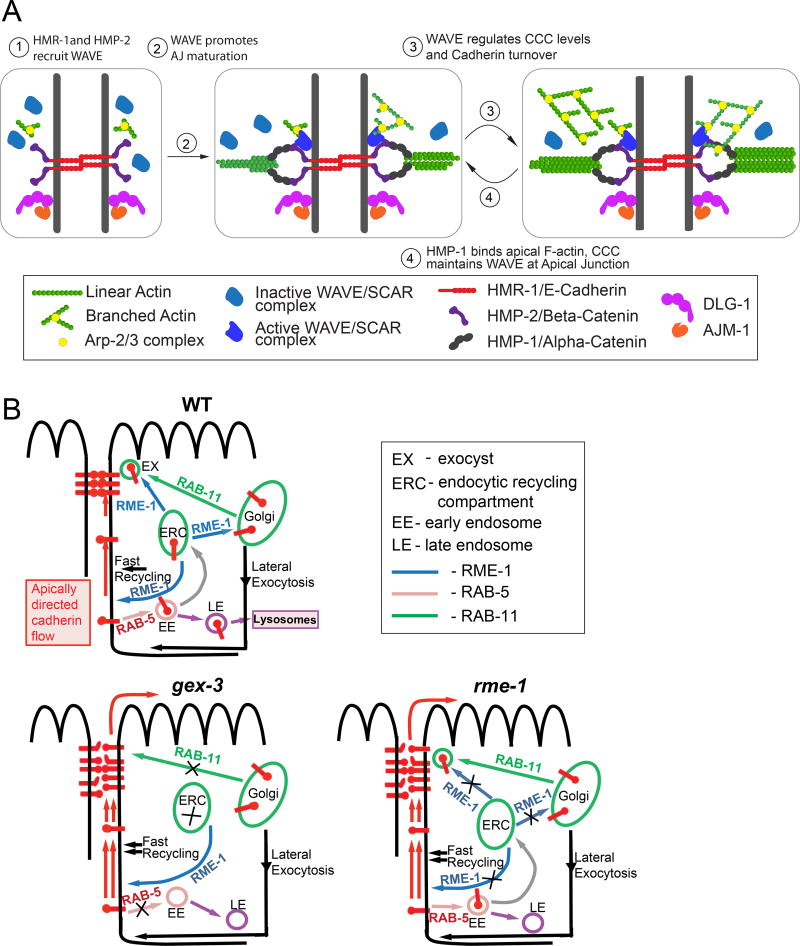Figure 7. Models of WAVE effects on junctional maturation and Cadherin transport.
(A) Developmental model: Recruitment of WAVE depends on components of the DAC and CCC, with the exception of HMP-1/ α-catenin, the CCC component that binds to the belt actin. HMR-1, HMP-2 & DLG-1 promote apical WAVE enrichment. However, when HMP-1 is down regulated, apical WAVE enrichment moderately increases. This may indicate that WAVE and α-catenin compete for binding to the apical junction. As the junction matures, WAVE promotes cadherin junction function that leads α-catenin to bind increasing apical F actin. How does WAVE promote Cadherin function? (B) Effects of WAVE on Cadherin transport: Our data shows that cadherin turnover at the junction is affected in WAVE-mutants. Cadherin is targeted to the Apical Junction by at least three mechanisms: RAB-11-dependent delivery to AJ, lateral exocytosis to lateral membrane and targeted recycling (black line with arrow), and apically directed flow at the membrane (Woichansky et al., 2016). Previous work in our lab showed that WAVE regulates RAB-5-dependent endocytosis and RAB-11-dependent recycling of some cargoes in C. elegans (Patel, et. al., 2013). Our results suggest that in WAVE (gex-3) mutants rab-5 and rab-11-dependent trafficking steps are disrupted and apically directed flow of Cadherin in plasma membrane (PM) increases. In rme-1 mutants targeted recycling is disrupted and we propose that fast recycling becomes dominant. Apically directed flow of Cadherin in the PM is also increased as compared to wild type. In summary, we propose that WAVE controls Cadherin levels through specific trafficking steps, and we identify EHD1/RME-1 as a regulator of Cadherin at the AJ.

